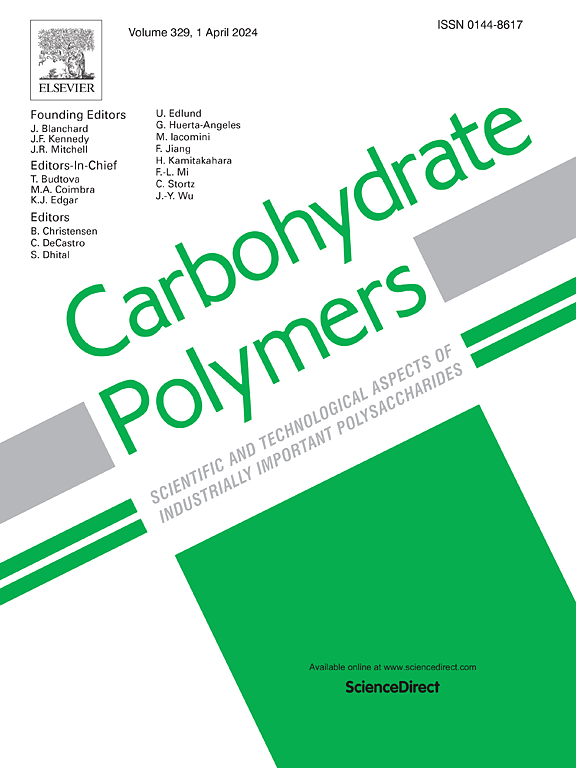In-situ synthesis of magnetic nanoparticles/wood-structural holocellulose hybrid for metal ions adsorption
IF 10.7
1区 化学
Q1 CHEMISTRY, APPLIED
引用次数: 0
Abstract
Effective removal of metal ions from water is crucial for reducing pollution during manufacturing processes. To address this issue, we have developed a block Fe3O4/wood-structural holocellulose hybrids (MW) for removing heavy metal ions from industrial wastewater. By employing chemical pretreatment, solvent-induced self-impregnation, and in-situ deposition, Fe3O4 nanoparticles were attached into the cell's lumen while also embedded within the cell walls, achieving a loading capacity of 35.89 %. The MW exhibited notable magnetic responsiveness. Adsorption experiments were then conducted to evaluate the performance of MW in adsorbing Pb2+, and the adsorption mechanism was elucidated based on density functional theory (DFT) calculations. The results demonstrated that MW exhibited high adsorption efficiency for Pb2+ (537.63 mg/g), This is primarily attributed to the porous structure of MW and the interactions among -COOH, -OH, and Fe![]() O
O![]() groups within the structure with Pb2+. The adsorption process followed the pseudo-second-order kinetic model and the Langmuir isotherm model. After three consecutive reuse cycles, the adsorption capacity remaining at 77.62 % after three cycles. Furthermore, DFT calculations indicated that the composite of Fe3O4 and cellulose could enhance the adsorption energy between Pb2+ and MW. This indicates that MW offers high adsorption, recyclability, and magnetic control, making it a promising material for wastewater treatment.
groups within the structure with Pb2+. The adsorption process followed the pseudo-second-order kinetic model and the Langmuir isotherm model. After three consecutive reuse cycles, the adsorption capacity remaining at 77.62 % after three cycles. Furthermore, DFT calculations indicated that the composite of Fe3O4 and cellulose could enhance the adsorption energy between Pb2+ and MW. This indicates that MW offers high adsorption, recyclability, and magnetic control, making it a promising material for wastewater treatment.
求助全文
约1分钟内获得全文
求助全文
来源期刊

Carbohydrate Polymers
化学-高分子科学
CiteScore
22.40
自引率
8.00%
发文量
1286
审稿时长
47 days
期刊介绍:
Carbohydrate Polymers stands as a prominent journal in the glycoscience field, dedicated to exploring and harnessing the potential of polysaccharides with applications spanning bioenergy, bioplastics, biomaterials, biorefining, chemistry, drug delivery, food, health, nanotechnology, packaging, paper, pharmaceuticals, medicine, oil recovery, textiles, tissue engineering, wood, and various aspects of glycoscience.
The journal emphasizes the central role of well-characterized carbohydrate polymers, highlighting their significance as the primary focus rather than a peripheral topic. Each paper must prominently feature at least one named carbohydrate polymer, evident in both citation and title, with a commitment to innovative research that advances scientific knowledge.
 求助内容:
求助内容: 应助结果提醒方式:
应助结果提醒方式:


